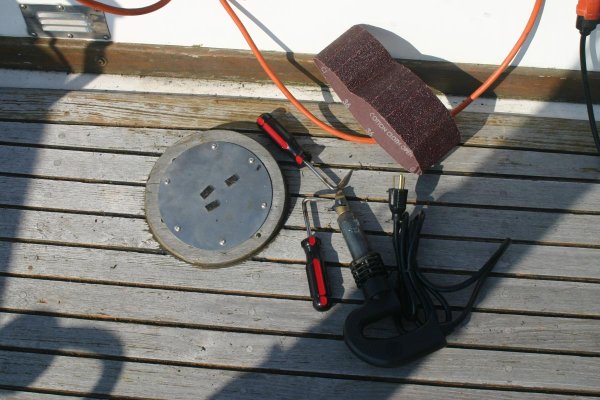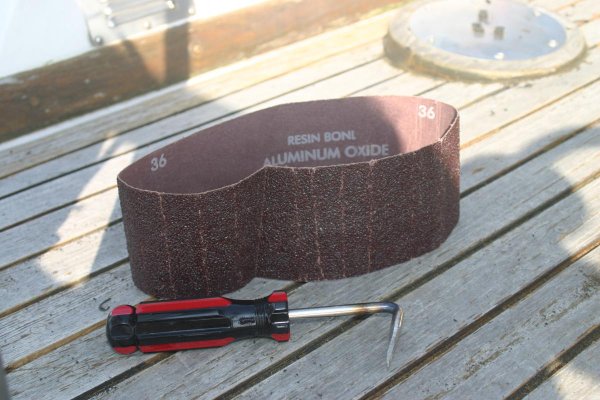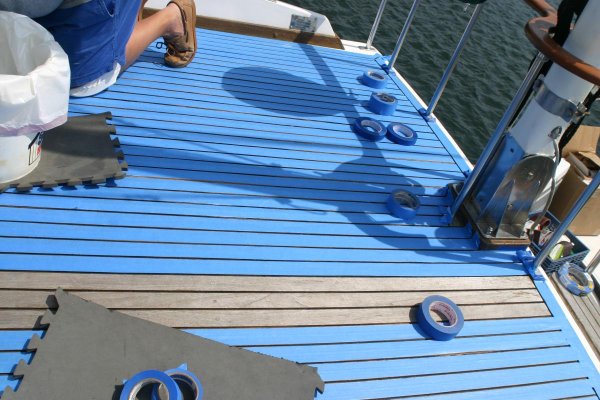AZ2Loop
Senior Member
I am going to tackle re-caulking the teak deck on my sundeck and cockpit soon. I also need to figure out whether to seal the teak somehow, too.
The sundeck is all under a covered hard top. The cockpit is exposed to weather. Both are gray now, and I don't mind the look, but I want to do what I should to preserve the wood. Fortunately, my main decks around the sides and bow are fiberglass, so the sundeck and cockpit are the only areas I need to deal with.
I guess I will use TDS SIS440 black for the caulking. BoatLife makes one for this too, but the TDS seems to have great reviews.
For those that have tackled this job, did you use a bond breaker tape in the bottom of the channels between the teak boards? Any tips are welcome including removing the old caulk, sanding, sealing, recualking... I welcome all advice from those who have done it. Thanks!
The sundeck is all under a covered hard top. The cockpit is exposed to weather. Both are gray now, and I don't mind the look, but I want to do what I should to preserve the wood. Fortunately, my main decks around the sides and bow are fiberglass, so the sundeck and cockpit are the only areas I need to deal with.
I guess I will use TDS SIS440 black for the caulking. BoatLife makes one for this too, but the TDS seems to have great reviews.
For those that have tackled this job, did you use a bond breaker tape in the bottom of the channels between the teak boards? Any tips are welcome including removing the old caulk, sanding, sealing, recualking... I welcome all advice from those who have done it. Thanks!



